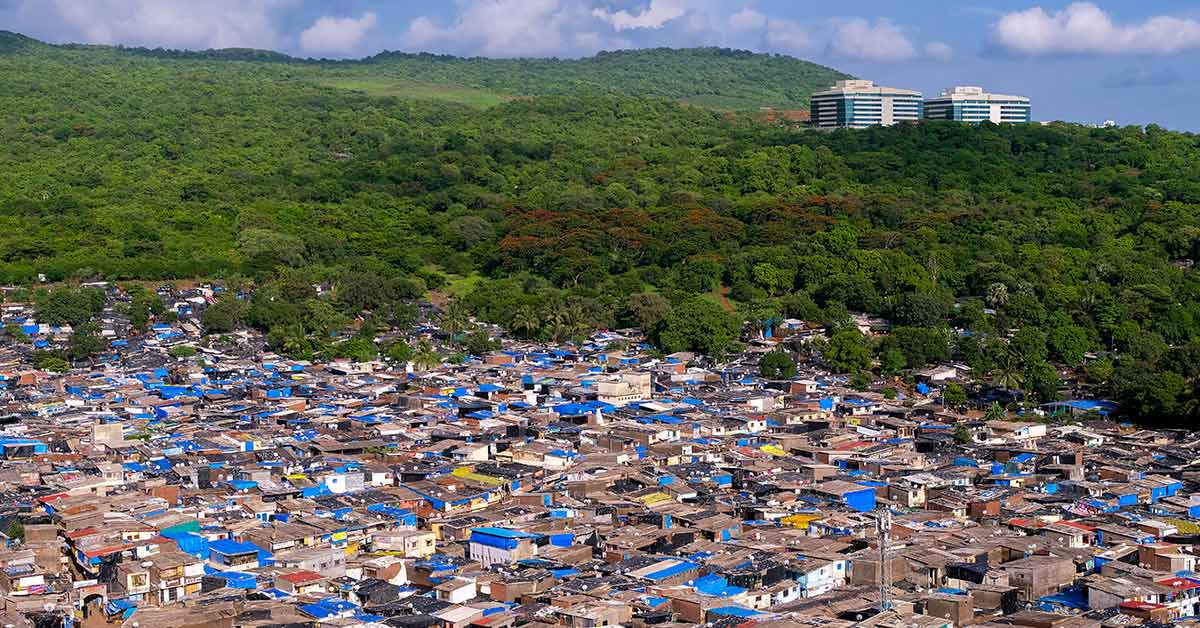Social inequality exists in every single country around the world. Often, however, it is hard to see – particularly if you are part of the wealthier half. To help others visualize social inequality, photographer Johnny Miller used his drone to capture images of what it looks like from above. (1)
Photos To Show What Social Inequality Looks Like From Above
Social inequality is the social and economic differences between people. This means that some have access to higher incomes, health care, education, sanitation, proper housing, and opportunities, while others do not. Miller realized that one of the number one factors that those experiencing inequality lacked was space, but few middle and upper classes ever realize this.
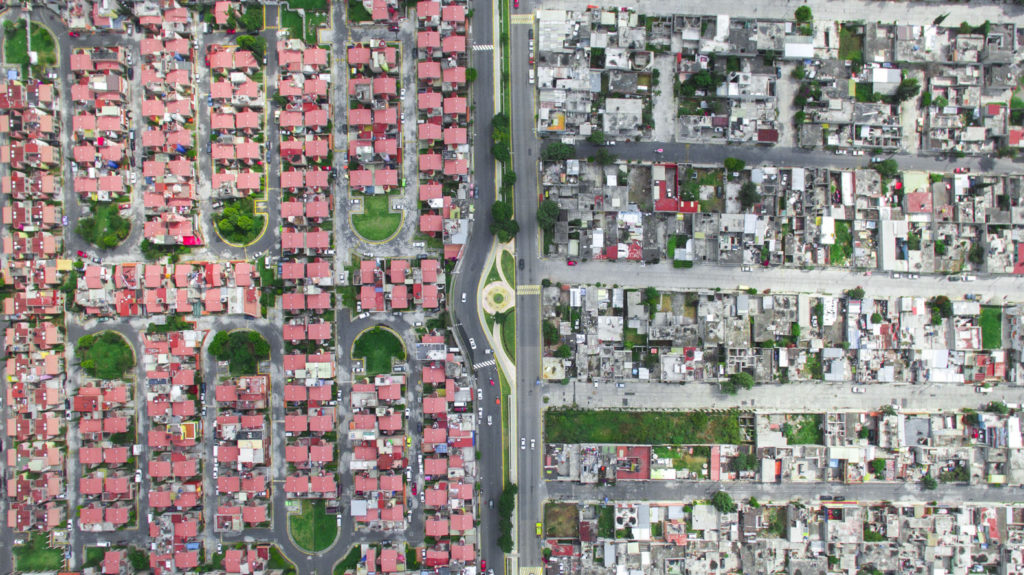
He photographed this inequality from above to show how close people live to poverty and how dire those situations really are.
“Discrepancies in how people live are sometimes hard to see from the ground… Oftentimes, communities of extreme wealth and privilege will exist just meters from squalid conditions and shack dwellings.” (2)
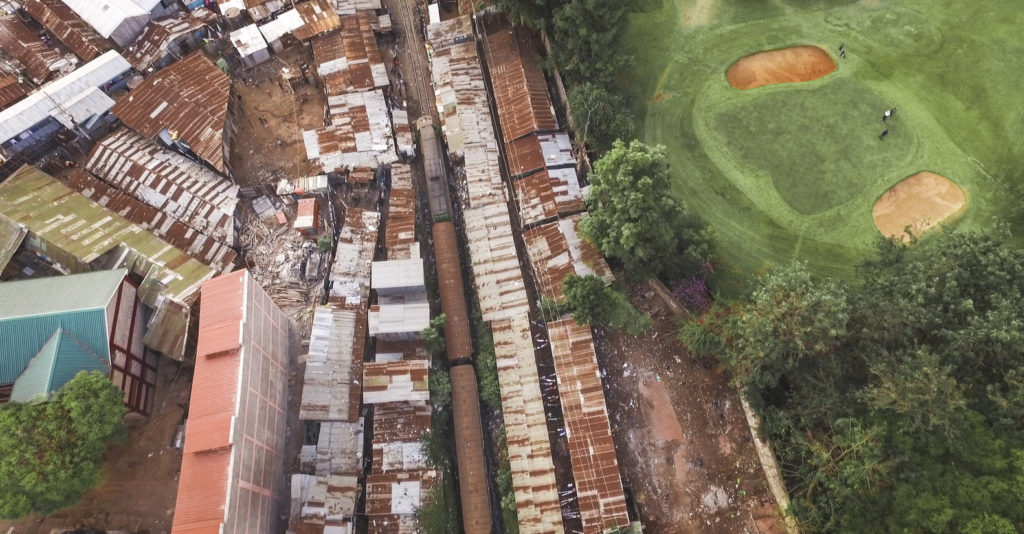
He calls this series Unequal Scenes. Starting in Johannesburg, South Africa, where social inequality post-apartheid is still very much present. He then took his project to cities in Mexico, Tanzania, Kenya, India, and the United States. (1)
What Is Social Inequality?
Social inequality is many things and it affects people in different ways. Areas of social inequality include (3):

- Freedom of speech and assembly
- Voting rights
- Access to education
- Access to healthcare
- Property rights
- Access to quality housing
- Ability to travel and vacation
- Access to transportation
- Quality of family and neighborhood life
- Occupational opportunities and job satisfaction
- Access to credit
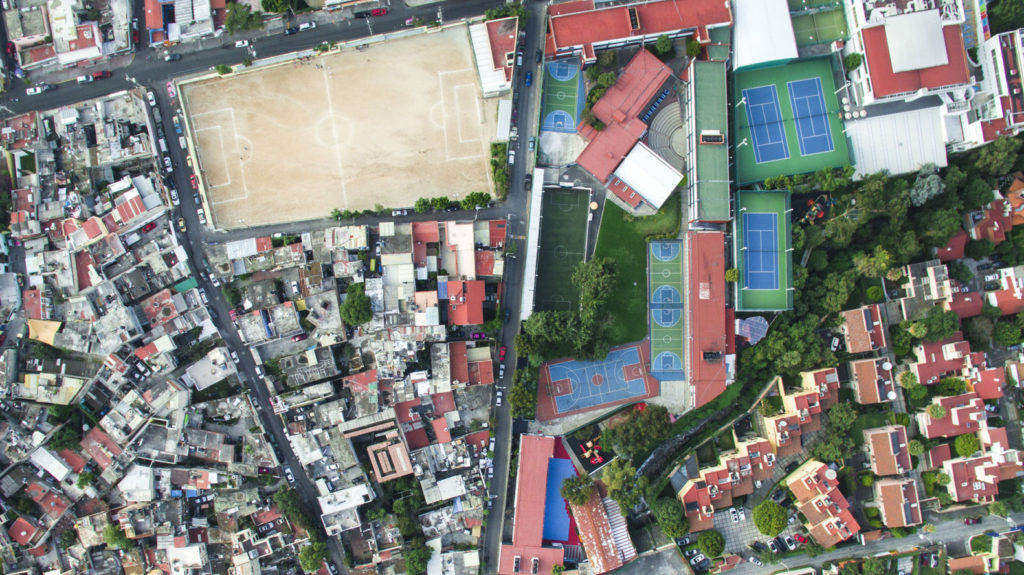
These inequalities have been around for a long time and came to be because of unfair and unfounded societal beliefs and values. Social inequality comes from (3):
- Societal understanding of “gender roles”
- Social stereotyping
- Discriminatory legislation
- Ethnic, religious, and class discrimination

The poverty you see in Miller’s photos exists because there is a lack of wealth in those areas. This prevents people who live in those areas from getting proper housing, healthcare, and more of the things listed above. These struggles are born out of racial, gender, and wealth inequality.
It All Boils Down To Discrimination
People refer to poverty as a “cycle” for a reason. For example, in the United States, all black people were once slaves. Even when they were freed, racism and segregation blocked their access to health care, housing, education, and well-paying jobs. This forced them and the areas where they were “allowed” to live into poverty.
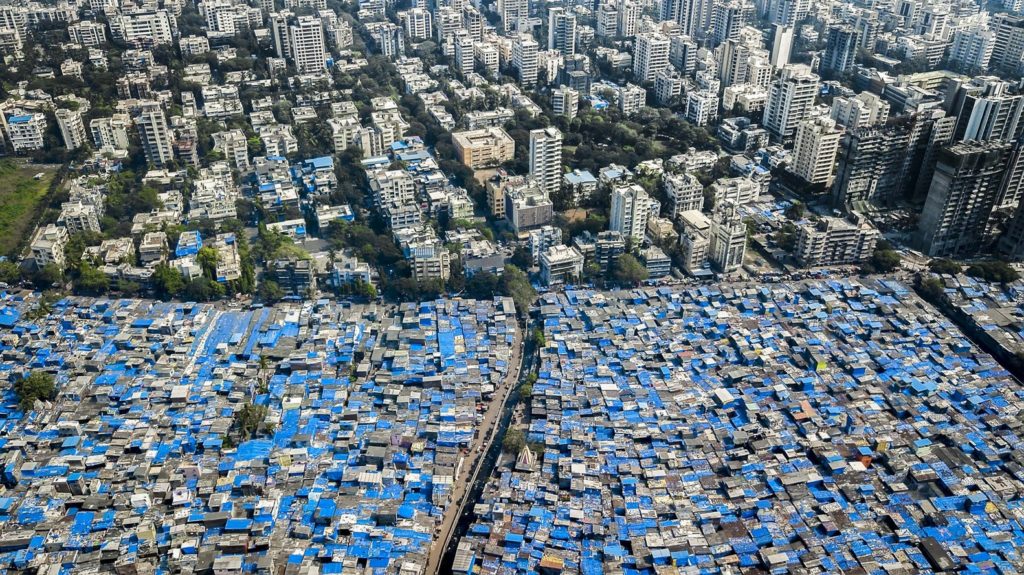
From there, poverty became generational: It is much easier to become a wealthy adult if you were middle to upper-class as a child. For children born in these areas who don’t have the same access to resources as the wealthier kids, becoming even just financially stable is challenging.
Black people, native people, Hispanic people, and immigrants are constantly discriminated against, and not just by people calling out racial slurs in the streets. White people regardless of income level are more likely to be approved for bank loans. People with “white” sounding names are more likely to get called for an interview when applying for jobs. (4)
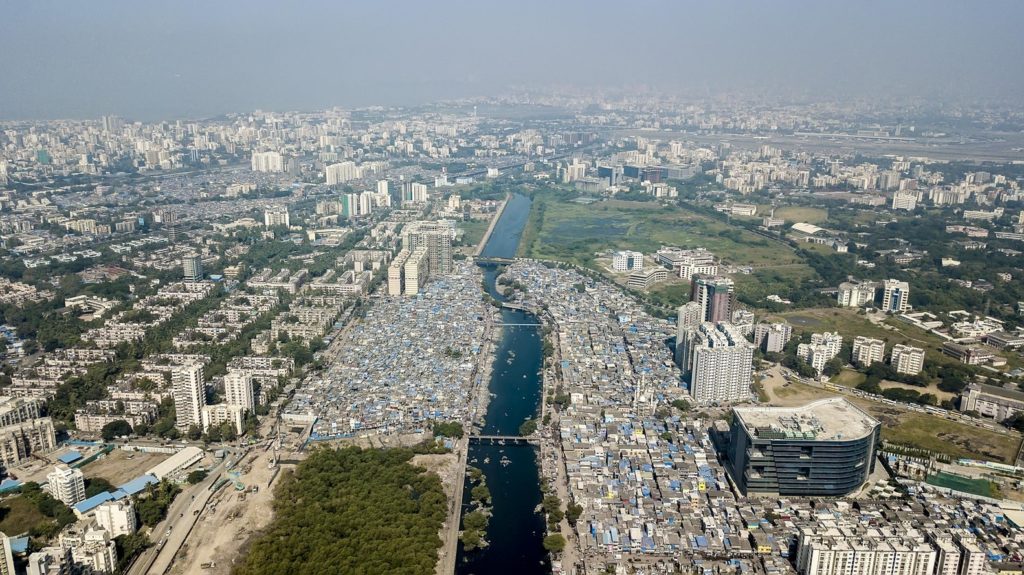
Harmful stereotypes that dictate these people are more likely to be criminals and do drugs follow them everywhere. The stereotypes that white men are CEOs while immigrants are taxi drivers, nannies, and domestic workers are still strong.
This Inequality Affects Women, Too
Women, and especially women of color, are also victims of social inequality. For decades society (aka men) thought women were only fit for housewife duties and motherhood. This gave men a head-start in the workforce. This means that most higher-up positions and those in charge of the hiring process are typically white men. (5)

Even when women and people of color do make it into places like university and the board room, they still have a battle to fight. Studies show that university professors are more likely to ignore emails from women and people of color than white male students. (6)
Still today, women are paid less than men for the same job. This is on top of all of the unpaid labor that women do in the home that most men don’t. (7)
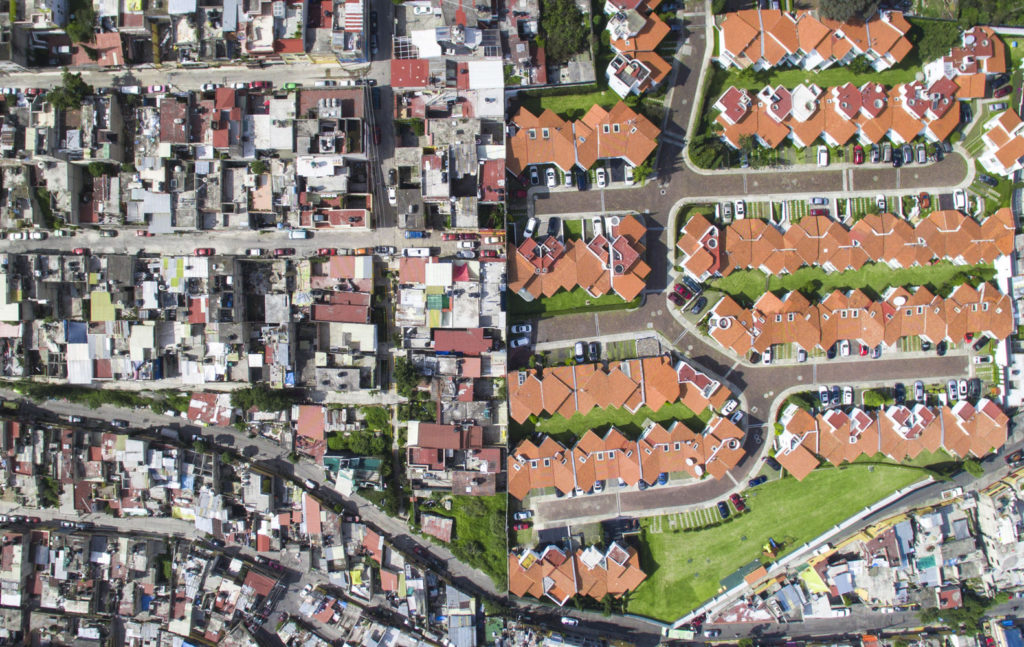
Social inequities between classes need to be addressed to allow for greater opportunity and equitable outcomes. Until this changes, social inequality will continue to exist, and the gap between the poor and the wealthy will grow larger and larger.
Keep Reading: Most Life On Earth Will Be Wiped Out In A Billion Years, Scientists Predict
- Unequal Scenes
- “Social Inequality, As Seen From The Sky.” Arch Daily. Romullo Baratto. June 27, 2020.
- “Social inequality.” Science Daily
- BLS
- “The Sociology of Social Inequality.” Thought Co. Ashley Crossman. January 28, 2020
- “What happens before? A field experiment exploring how pay and representation differentially shape bias on the pathway into organizations.“APA. Milkman, K. L., et al. 2015.
- “Redistribute unpaid work.” Unwomen
